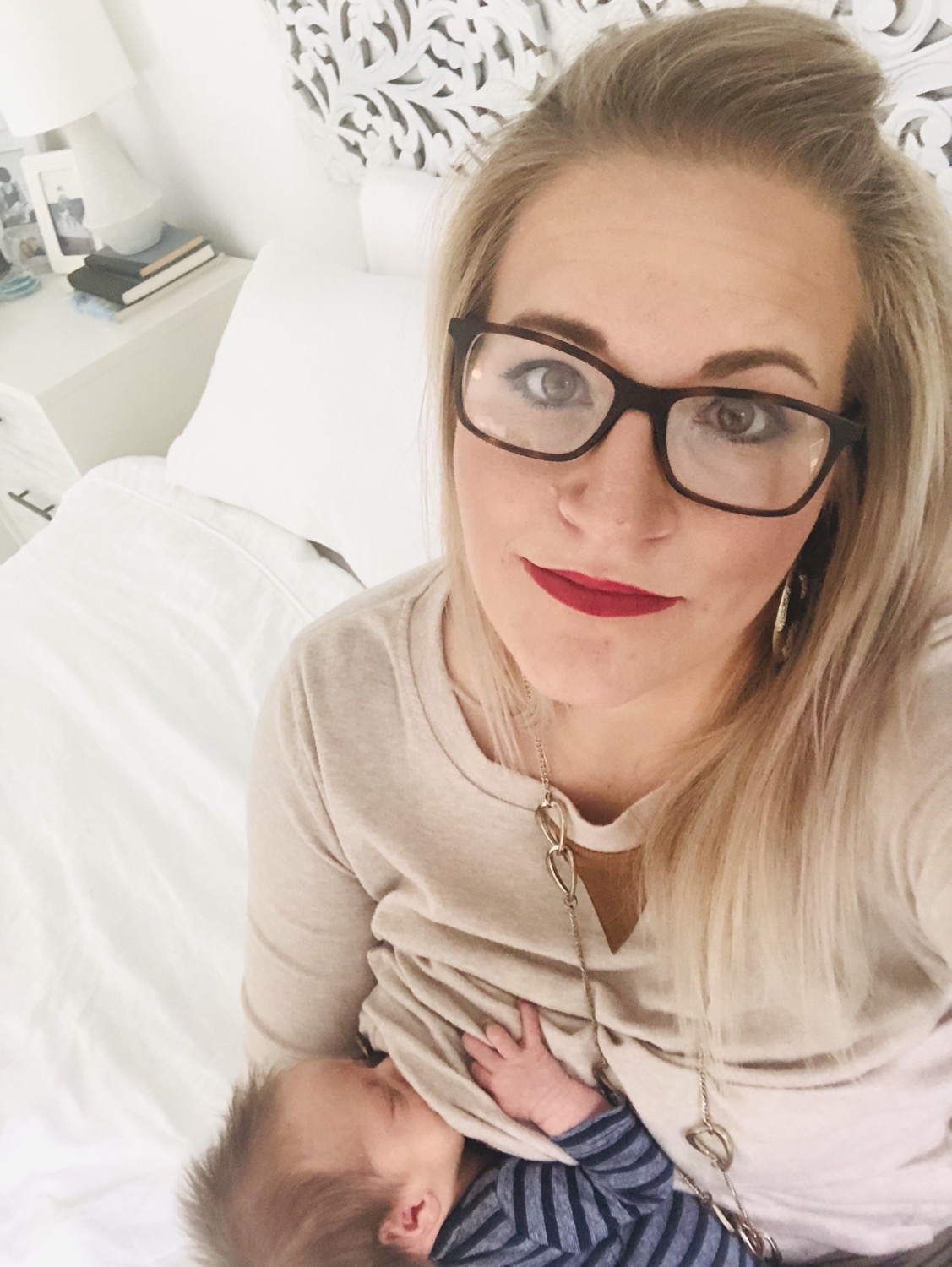Unraveling the Complex Web of Anxious Attachment
- Jess Jarrett

- Nov 8, 2023
- 2 min read
Why We Feel Stuck
Have you ever felt like you're trapped in a cycle of self-doubt and anxiety, especially when it comes to relationships? Well, you're not alone. Anxious attachment, a term used in psychology to describe a particular style of emotional bonding, can lead to patterns of thinking and behavior that make even good things feel like setups.
The Brain's Familiar Pathways
Our brains are remarkable organs, always seeking the path of least resistance. This is why old habits die hard. For individuals with an anxious attachment, their brains have formed well-worn neural pathways based on their life experiences and emotions. These pathways shape their thought patterns and behaviors, making it challenging to break free from the cycle of anxiety and self-doubt.
What Does An Anxious Attachment Look Like?
Anxious attachment can manifest in several ways. For those who experience it, here's a glimpse of what it might look like:
1. Hyper-Vigilance: Anxiously attached individuals are often hyper-vigilant in their relationships. They're constantly on the lookout for signs of trouble, interpreting every minor change in their partner's behavior as potential rejection.
2. Overthinking: Overanalysis is their middle name. They dissect every conversation, trying to find hidden meanings or signs of impending doom. This overthinking can lead to anxiety and self-doubt.
3. Low Self-Esteem: Many anxiously attached people grapple with low self-worth. They may tie their value to their partner's approval, constantly seeking external validation to feel good about themselves.
4. Fear of Abandonment: A deep-seated fear of being abandoned or rejected often plagues them. This fear can result in clinginess and a constant need for reassurance.
5. Difficulty Trusting: Trust is hard to come by for anxiously attached individuals. They're always waiting for the other shoe to drop, making it challenging to fully believe in the sincerity of their partner's affection.
The Path to Change
Changing these deeply ingrained patterns is not easy. It requires a lot of effort and a willingness to pave new, positive neural pathways. This involves self-reflection, therapy, and consciously practicing healthier behaviors and thought patterns. Over time, with dedication and consistency, individuals with anxious attachments can learn to develop more secure attachment styles and find greater emotional stability in their relationships.
Having an anxious attachment can be a challenging road to navigate. However, it's essential to remember that personal growth and positive change are possible. With the right tools and support, you can find your way to healthier relationships and a more secure sense of self. It's a journey of self-discovery, and you're worth every step of it.




